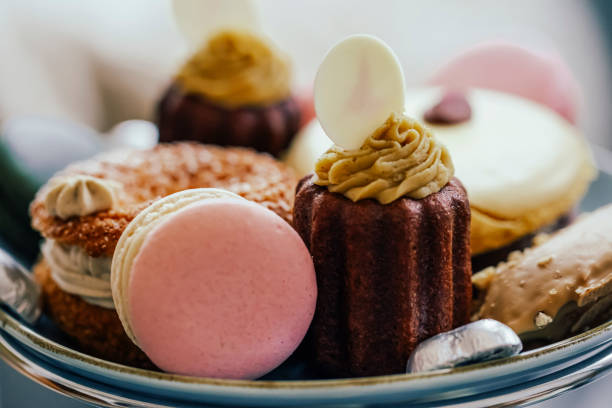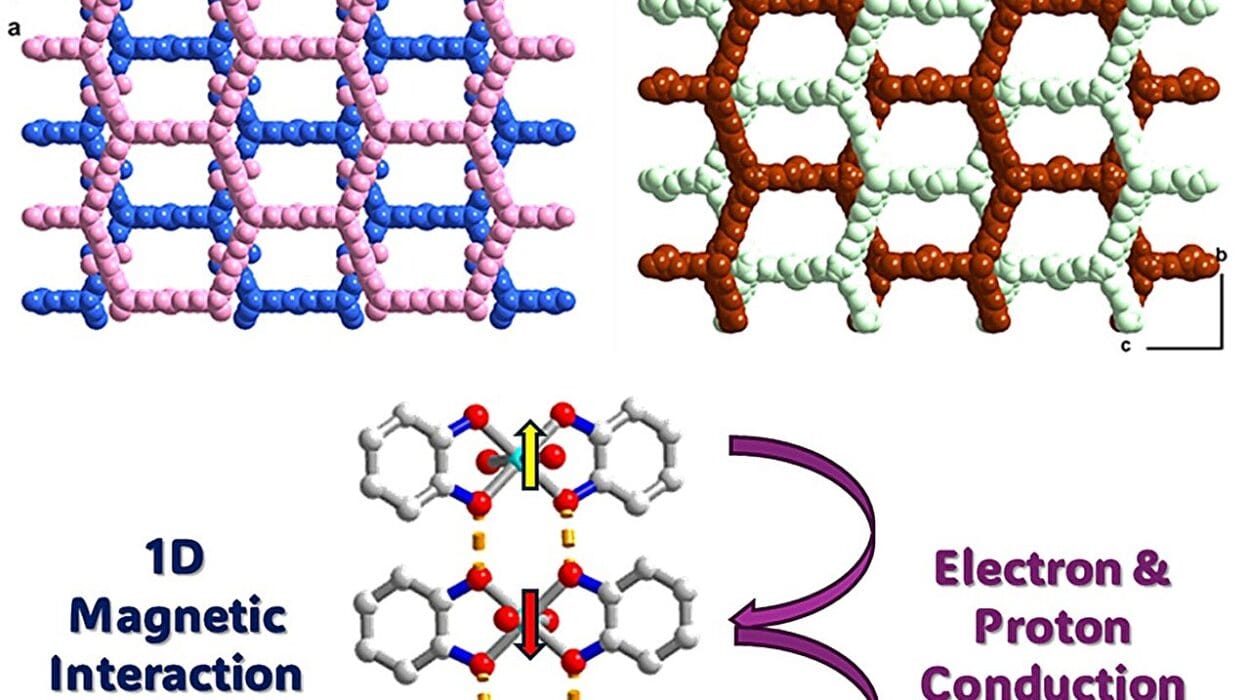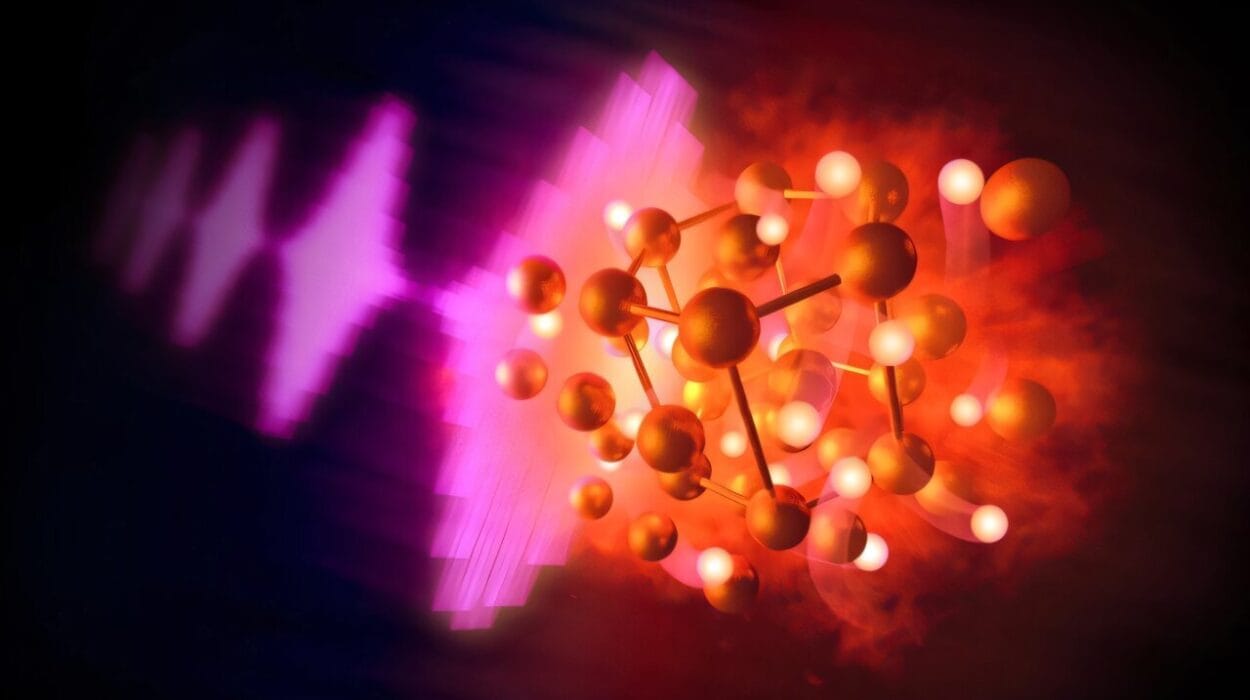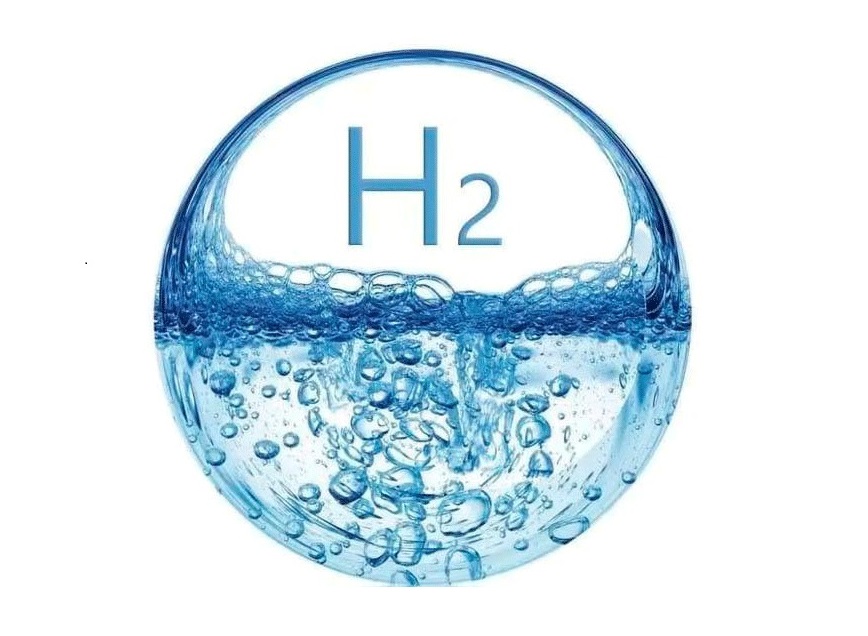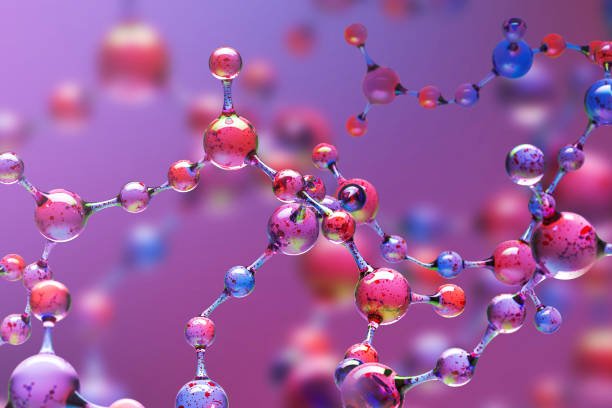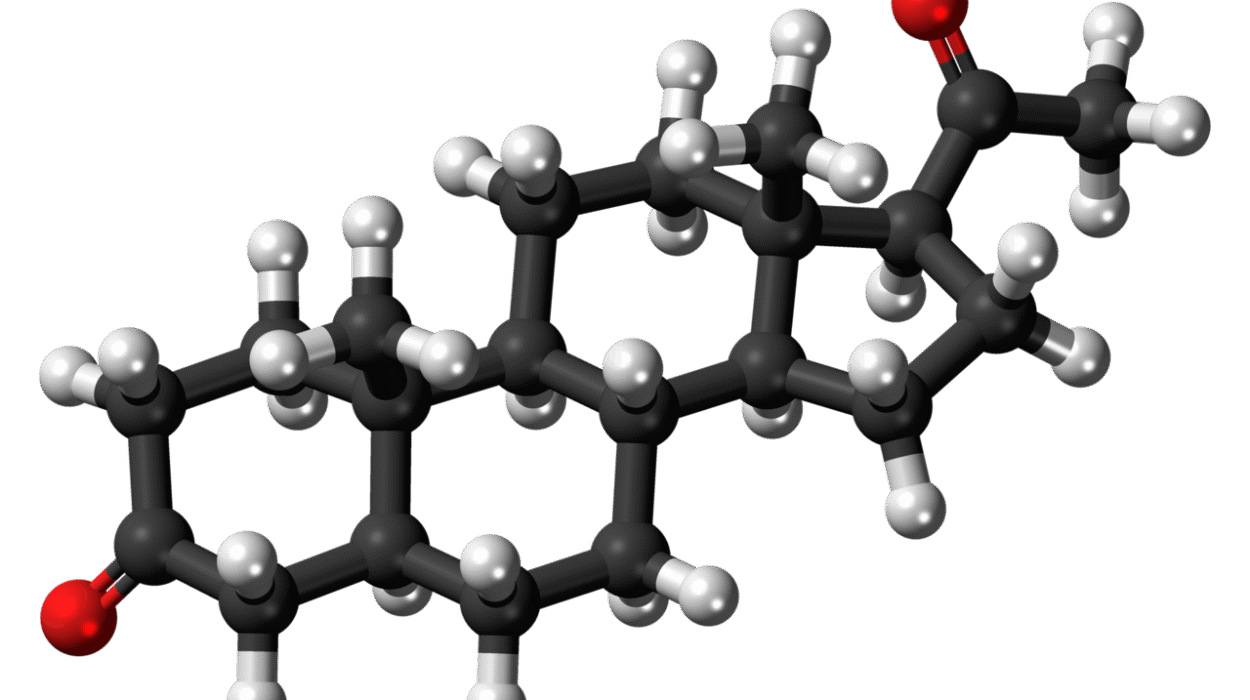Baking a cake might seem like a simple culinary endeavor: mix ingredients, pop it in the oven, and voilà, a delicious treat is born. But in reality, the process is far more complex. It’s a beautiful dance of science, where heat, ingredients, and chemical reactions come together to create something far greater than the sum of its parts. Understanding the chemistry behind baking a cake doesn’t just help you bake better—it transforms the act into a deeper appreciation of how fundamental science is to our everyday lives.
At the heart of every cake lies chemistry. Whether you’re whipping up a light, fluffy sponge or a dense, decadent chocolate cake, every step is a carefully orchestrated chemical reaction. From the way ingredients interact with each other to how heat transforms them, baking a cake is a process of change, an edible exploration of how molecules and compounds work together.
In this article, we’ll dive deep into the science behind each component of cake-making. We’ll explore how the different ingredients function at a molecular level, how mixing, temperature, and time influence the final outcome, and why seemingly simple steps are crucial to your cake’s success. With this knowledge in hand, the next time you bake a cake, you’ll not only understand why it works, but you might even be able to improve on your creations!
The Foundation of a Cake: The Ingredients
The chemistry of cake starts with the ingredients. Flour, sugar, eggs, butter, and liquids like milk or water all play critical roles in making the final product. Let’s break down each key ingredient and understand its chemical properties.
Flour: The Structural Backbone
Flour is the essential structural ingredient in most cakes. It’s made up of carbohydrates, primarily starches, and proteins, particularly glutenin and gliadin. These proteins, when mixed with liquid, form gluten, a network of proteins that gives the cake its structure and texture.
The type of flour you use affects the cake’s final texture. All-purpose flour, for example, has moderate amounts of gluten-forming proteins, which makes it a versatile choice. Cake flour, however, is lower in protein and produces a more delicate crumb, while bread flour, which is higher in protein, results in a chewier texture.
When flour is combined with liquid, the proteins absorb water and swell. With mechanical action (such as stirring or kneading), the proteins link together to form gluten. The more you mix, the more gluten is formed, which results in a denser, chewier cake. This is why cakes need to be mixed carefully—too much mixing can result in a tough, bread-like texture, while too little can result in a crumbly, uneven structure.
Sugar: Sweetness and Moisture
Sugar does more than just sweeten a cake. Chemically, sugar (sucrose) helps to retain moisture, contribute to the cake’s texture, and facilitate browning through a process known as caramelization. It also plays a role in the creation of air pockets during the mixing process, which contributes to the cake’s rise.
When sugar is beaten with butter, it helps to create air pockets by a process called creaming. The sugar crystals physically cut into the butter, creating tiny air bubbles. These bubbles expand when the cake is baked, helping the cake rise and creating a light, fluffy texture. This process is especially important in cakes that rely on the creaming method (like many butter cakes).
Additionally, sugar helps in the Maillard reaction—a chemical reaction between amino acids (from eggs and milk) and reducing sugars at high heat. This is what gives baked goods like cakes their golden-brown color and rich flavor.
Eggs: The Multifunctional Binder
Eggs are one of the most versatile ingredients in baking, performing several key roles. The proteins in eggs—specifically ovalbumin—are responsible for structure, while the yolk contributes to richness and moisture.
When eggs are beaten, the proteins begin to unwind and form a network, trapping air and contributing to the cake’s structure. This is especially important in sponge cakes, where the goal is to create as much air as possible to achieve a light, airy texture. The albumin (egg whites) forms a foam when beaten, and this foam helps to provide structure to the cake, allowing it to rise as it bakes.
The fats in egg yolks also play an important role in cake-making. They help tenderize the cake by interfering with gluten formation, leading to a softer, more delicate crumb. Eggs also contribute to the cake’s color, flavor, and moisture.
Fat (Butter, Oil, or Margarine): Texture and Tenderness
Fats like butter, oil, and margarine contribute both to the texture and flavor of a cake. Fat works by coating the flour proteins, preventing them from forming too much gluten. This is why cakes made with fat tend to be tender and moist rather than chewy.
Butter, in particular, is prized for its flavor. It contains water (about 15-20%), milk solids, and fat, and when creamed with sugar, it contributes to the rise of the cake by creating air pockets. The type of fat used can significantly affect the final texture. For example, oil-based cakes tend to be more moist and have a finer crumb because oil remains liquid at room temperature, keeping the cake moist for a longer period.
Leavening Agents: The Science of Rising
Leavening agents are responsible for making a cake rise, giving it its light and airy texture. There are two main types of leavening agents used in baking cakes: chemical leaveners (baking soda and baking powder) and biological leaveners (yeast).
- Baking soda (sodium bicarbonate) is a base that requires an acid to activate it. When baking soda reacts with an acid (like vinegar or buttermilk), it produces carbon dioxide gas. This gas gets trapped in the batter and causes the cake to rise. However, baking soda can impart a metallic taste if not balanced with the correct amount of acid.
- Baking powder contains both an acid and a base in one packet, typically cream of tartar and baking soda. When moisture is added, the chemical reaction occurs, producing carbon dioxide. Some baking powders are double-acting, meaning they release gas both when mixed and when exposed to heat.
Leavening agents are critical for creating the right texture. Without them, a cake would be dense and unappealing.
Liquids: Hydration and Dissolution
Liquids, like water, milk, or juice, are essential for hydrating the dry ingredients. Water activates the proteins in the flour, enabling them to form gluten, and dissolves the sugar, allowing it to interact with other ingredients. Milk, in addition to providing moisture, also contributes fats, proteins, and sugars, which enhance the cake’s flavor and texture.
Liquids also play a key role in controlling the batter’s consistency. A batter that’s too dry will result in a dense, crumbly cake, while a batter that’s too runny may not rise properly. The right balance of liquid is essential to ensure that all the ingredients can interact effectively.
Salt: A Flavor Enhancer and Structural Aid
Salt is often used in small amounts in cake recipes, but its effects are mighty. Salt enhances flavor by reducing the perception of sweetness and adding depth. It also strengthens the gluten network, helping to stabilize the structure of the cake.
But perhaps the most surprising role of salt in cake-making is its ability to control yeast fermentation (in recipes where yeast is used). In a typical cake, yeast is rarely used, but in bread-like cakes (such as pound cakes), the yeast must be controlled to ensure even rising and texture. Salt helps regulate this process by slowing down the yeast’s activity, allowing it to ferment in a controlled manner.
The Chemistry of Mixing: How Ingredients Come Together
Once the ingredients are gathered, it’s time for mixing—and this is where the chemistry of baking really starts to shine. The way you combine ingredients can make all the difference in the final product.
Creaming Method: Incorporating Air
One of the most common methods used for mixing cake ingredients is the creaming method. This is typically used for butter-based cakes. The process begins by beating butter and sugar together, which incorporates air into the mixture. This air is trapped in tiny bubbles and helps the cake rise during baking.
Creaming works because sugar crystals are rough, and when they are beaten with fat, they physically cut into the butter, creating air pockets. These air pockets expand in the oven, causing the batter to rise. This method is key for cakes like Victoria sponge and butter cakes, which rely on air to create a light, fluffy texture.
The Muffin Method: Mixing Wet and Dry Ingredients Separately
The muffin method is a simpler approach, typically used for cakes with a denser texture. In this method, dry ingredients (like flour, sugar, and leavening agents) are mixed together separately from the wet ingredients (like eggs, milk, and fat). The wet ingredients are then added to the dry ingredients and stirred until just combined. This method is quicker and produces a more even crumb than the creaming method, but it can result in a denser, heavier cake.
The Cake’s Structure: Protein Networks and Starch Gelatinization
The final texture of the cake depends largely on the interaction between the flour’s gluten-forming proteins and the starches present. When flour is mixed with liquid, the gluten proteins absorb water and begin to form a network. This network traps the air from the leavening agents, giving the cake structure.
At the same time, the starches in the flour begin to absorb water and swell. As the batter heats in the oven, the proteins continue to form bonds, and the starches gelatinize. This is what transforms the batter from a liquid into a solid cake with structure. The balance between these two forces—gluten formation and starch gelatinization—is what determines the final texture. Too much gluten and you get a tough cake; too little, and you get a crumbly mess.
Heat and the Transformation of Cake Ingredients
Once the cake is in the oven, the real magic happens. Heat begins to transform the cake from a liquid batter into a solid, delicious dessert. At the molecular level, this process involves several important reactions.
Denaturation and Coagulation of Proteins
As the cake bakes, the proteins in the eggs, flour, and other ingredients begin to denature, meaning they unfold and lose their original structure. The proteins then coagulate, or bond together, forming a solid network. This process is essential for setting the cake’s structure and texture.
For example, the proteins in the egg whites begin to unfold and form a stable foam that contributes to the rise and light texture. The proteins in the flour form a more rigid network that provides the cake with its crumb-like texture.
Starch Gelatinization
As the temperature increases, the starches in the flour begin to absorb more water and swell. This process, known as gelatinization, is critical to giving the cake its firm structure. The starches form a gel-like network that helps to hold the cake together, preventing it from crumbling.
Caramelization and Maillard Reaction
Caramelization is the chemical reaction that occurs when sugar is heated and breaks down into smaller molecules, creating a rich brown color and deep flavor. This process occurs at temperatures of around 320°F (160°C) and gives the cake its golden-brown crust.
At the same time, the Maillard reaction occurs between sugars and amino acids in the batter, contributing to the cake’s complex flavor and color. This reaction begins at temperatures of about 250°F (120°C) and continues throughout baking, leading to the characteristic flavor and browning of the cake.
Evaporation and Moisture Retention
As the cake bakes, moisture from the batter evaporates, which can help to set the cake’s structure. However, this evaporation must be carefully balanced. Too much moisture loss can lead to a dry, crumbly cake, while too little can make the cake overly dense.
Final Stages of Baking: Setting the Cake
As the cake reaches its final stages of baking, the structure continues to set. The starches and proteins firm up, and the cake reaches its final texture. The outer layers of the cake will firm up and turn golden-brown, while the interior remains tender and moist.
Once removed from the oven, the cake continues to cool and settle. The residual heat will cause any remaining moisture to redistribute, ensuring that the cake remains moist and flavorful.
Conclusion: The Chemistry of a Perfect Cake
Baking a cake is a delicate balance of science and art. From the chemical reactions that occur when flour meets water to the intricate network of proteins and starches that form during baking, each step plays a critical role in creating a successful cake. By understanding the chemistry behind these processes, bakers can experiment with ingredients, techniques, and temperatures to create cakes that are light, moist, flavorful, and perfectly textured.
Next time you bake a cake, think of it not just as a recipe to follow but as a scientific experiment where every ingredient plays its part in a beautiful, delicious transformation. The chemistry behind baking a cake is a reminder that even the most everyday activities are rooted in the fascinating world of science.
